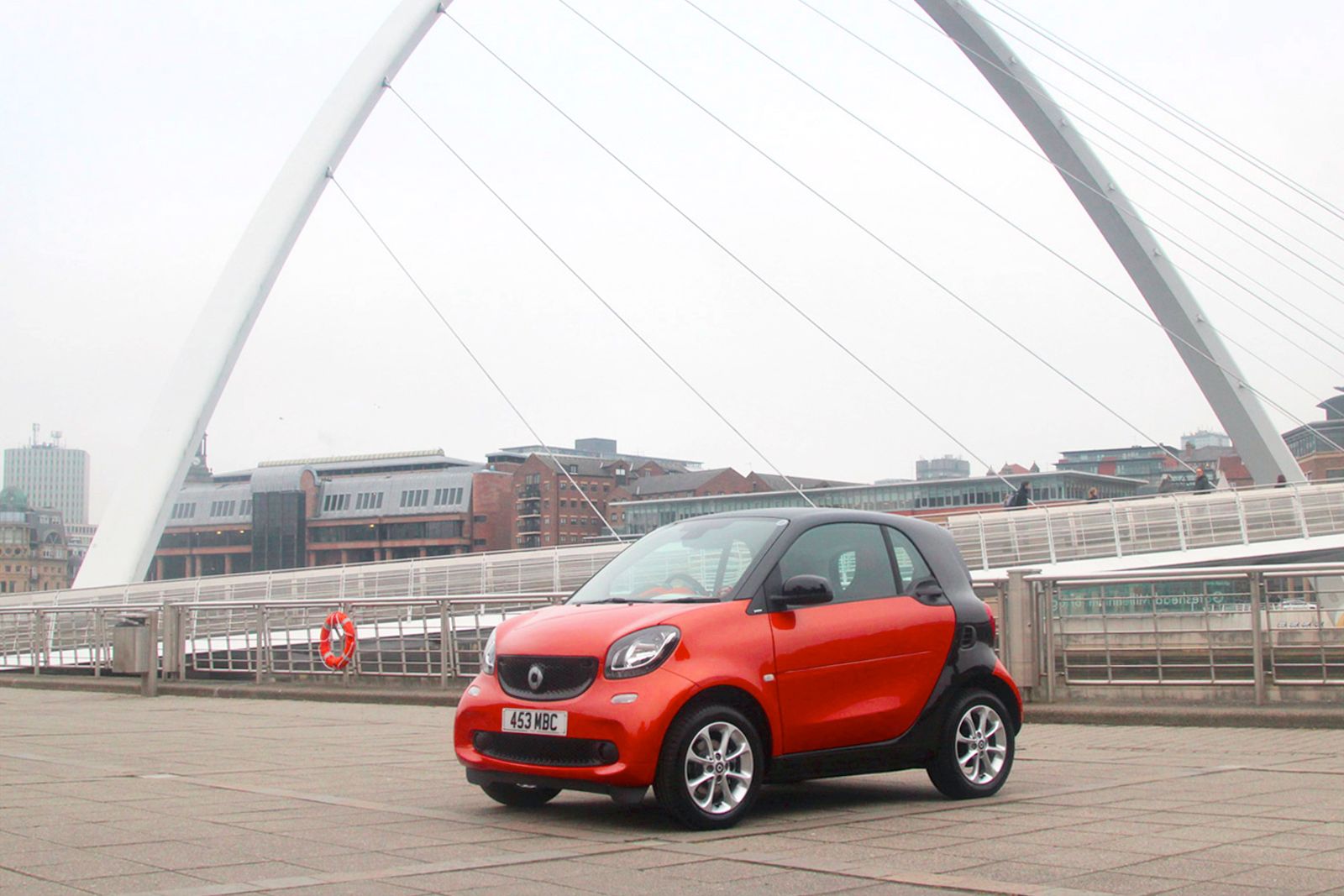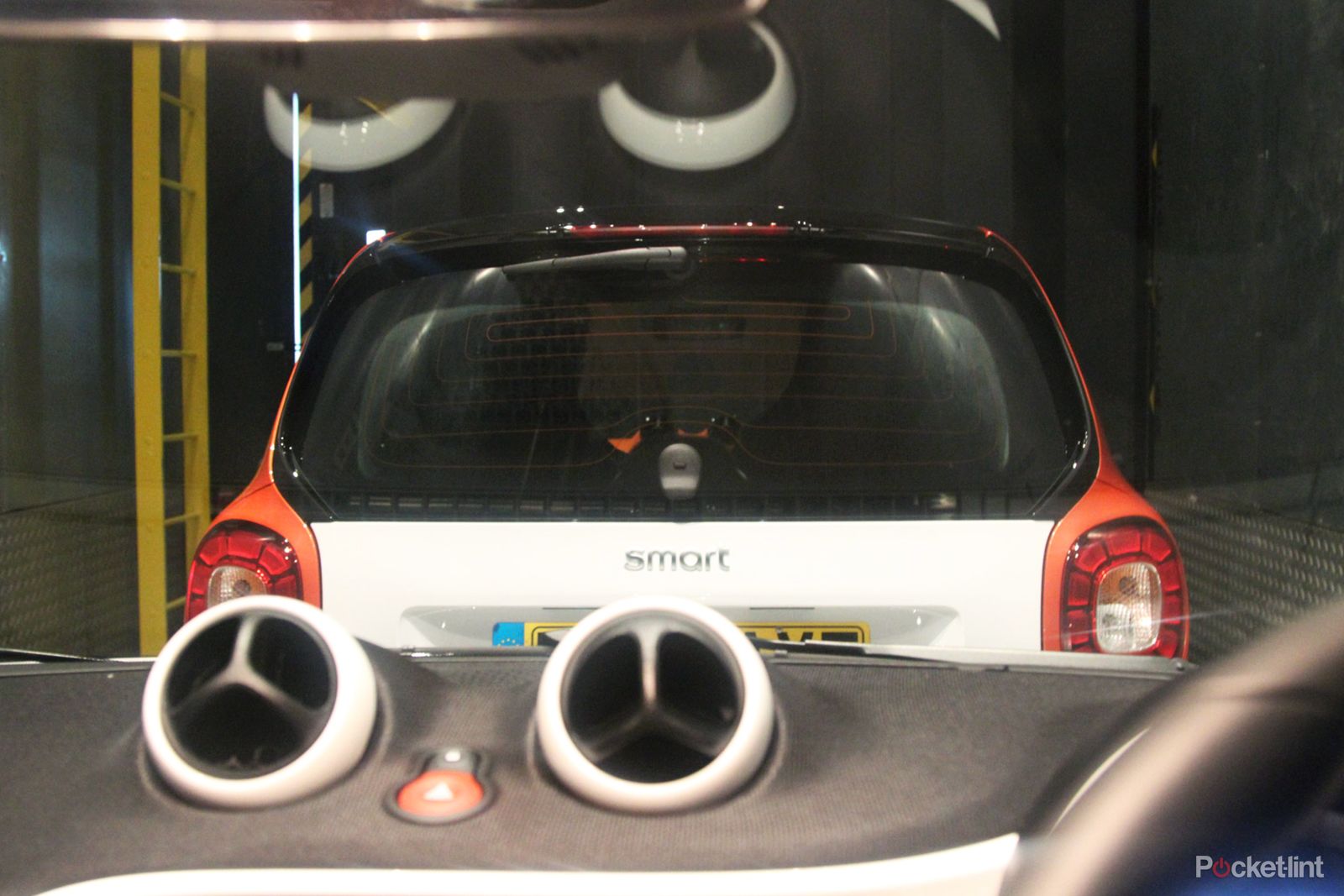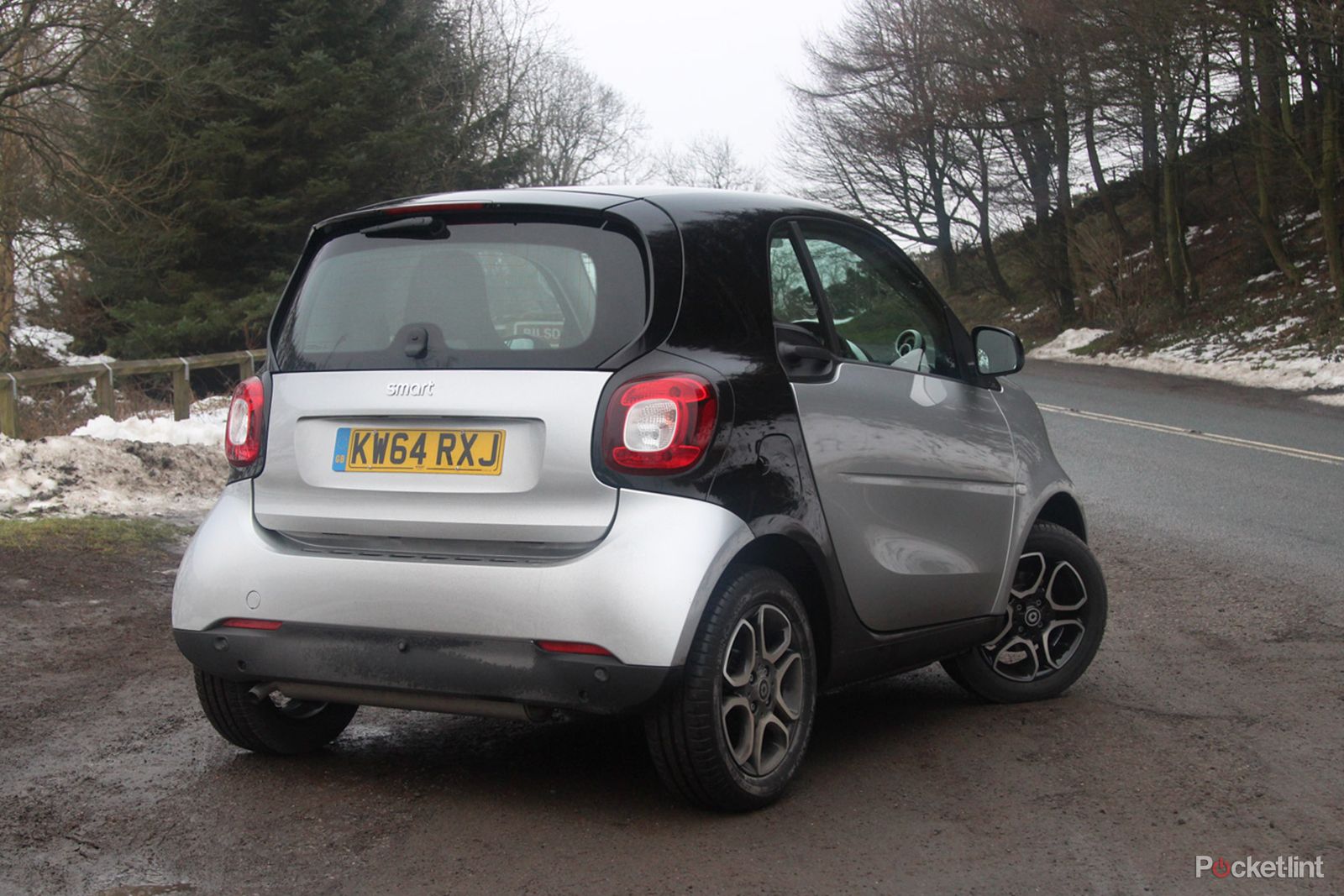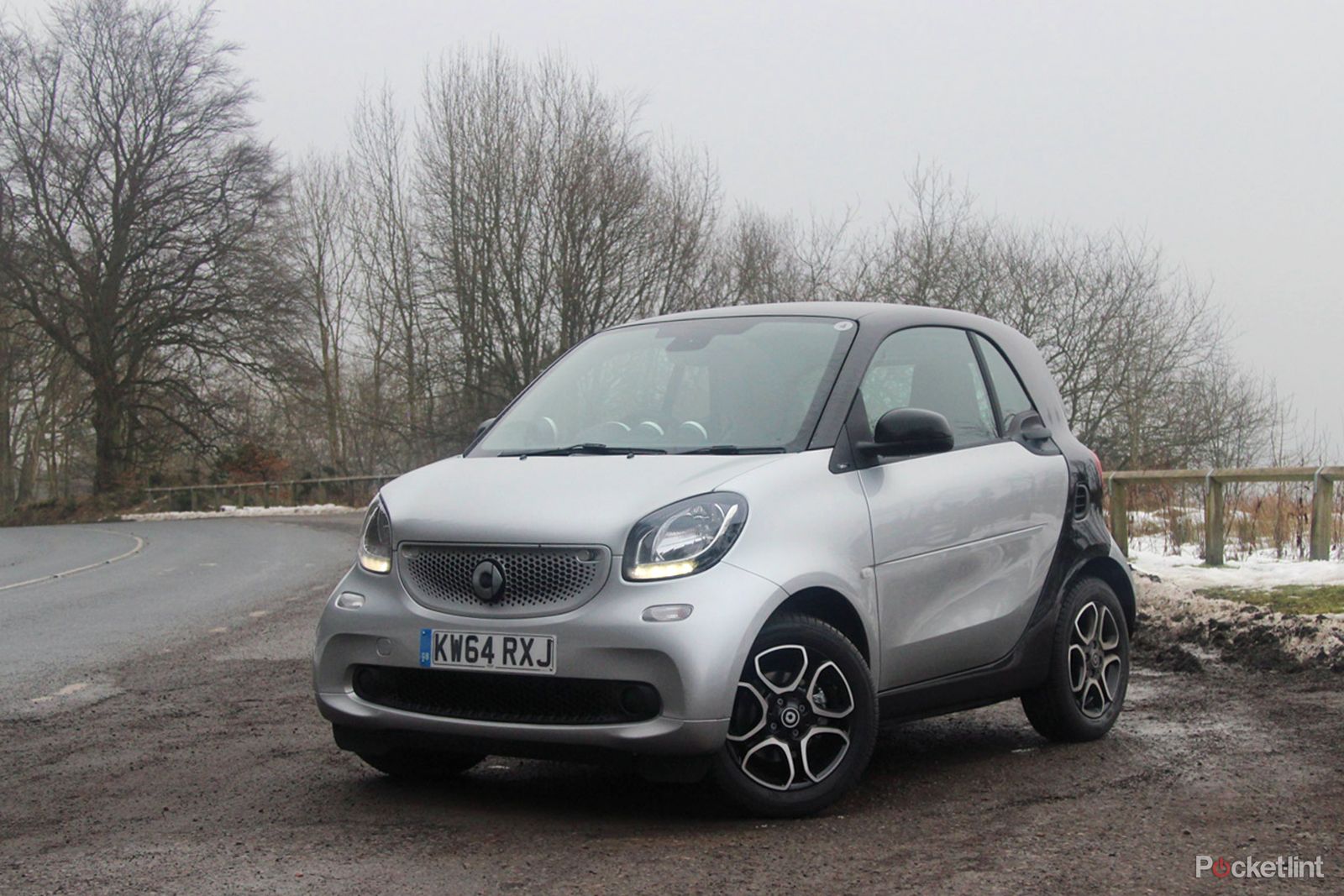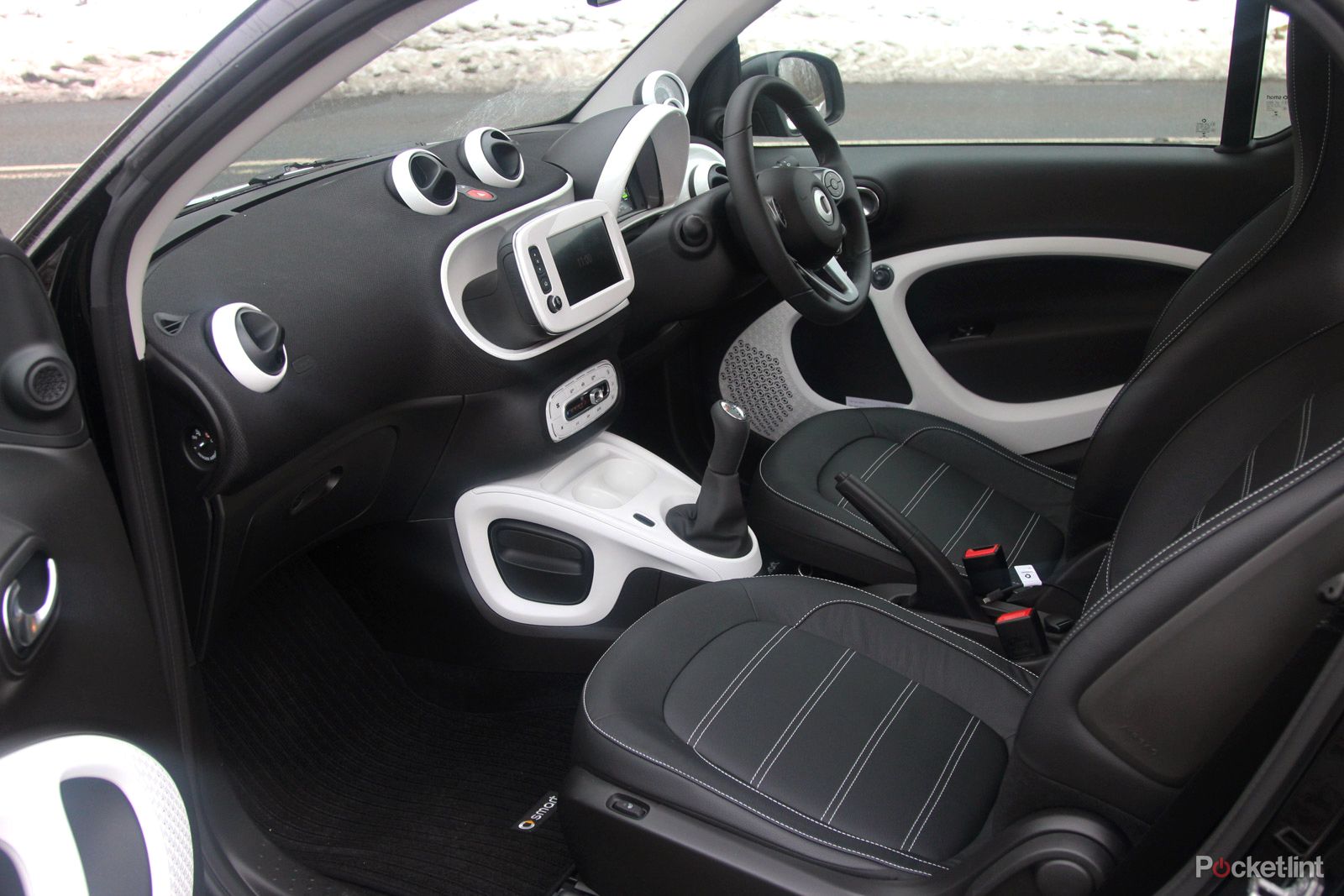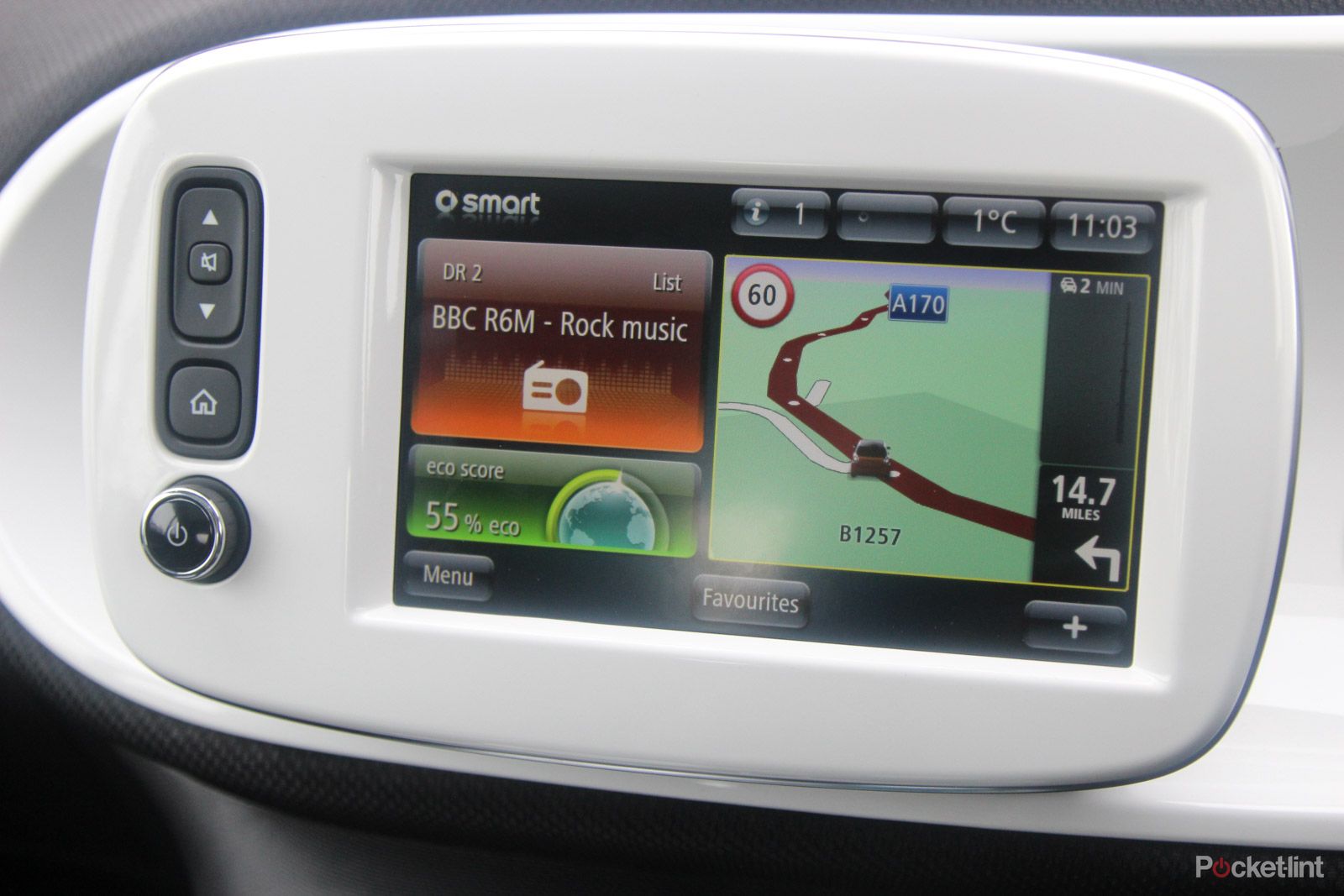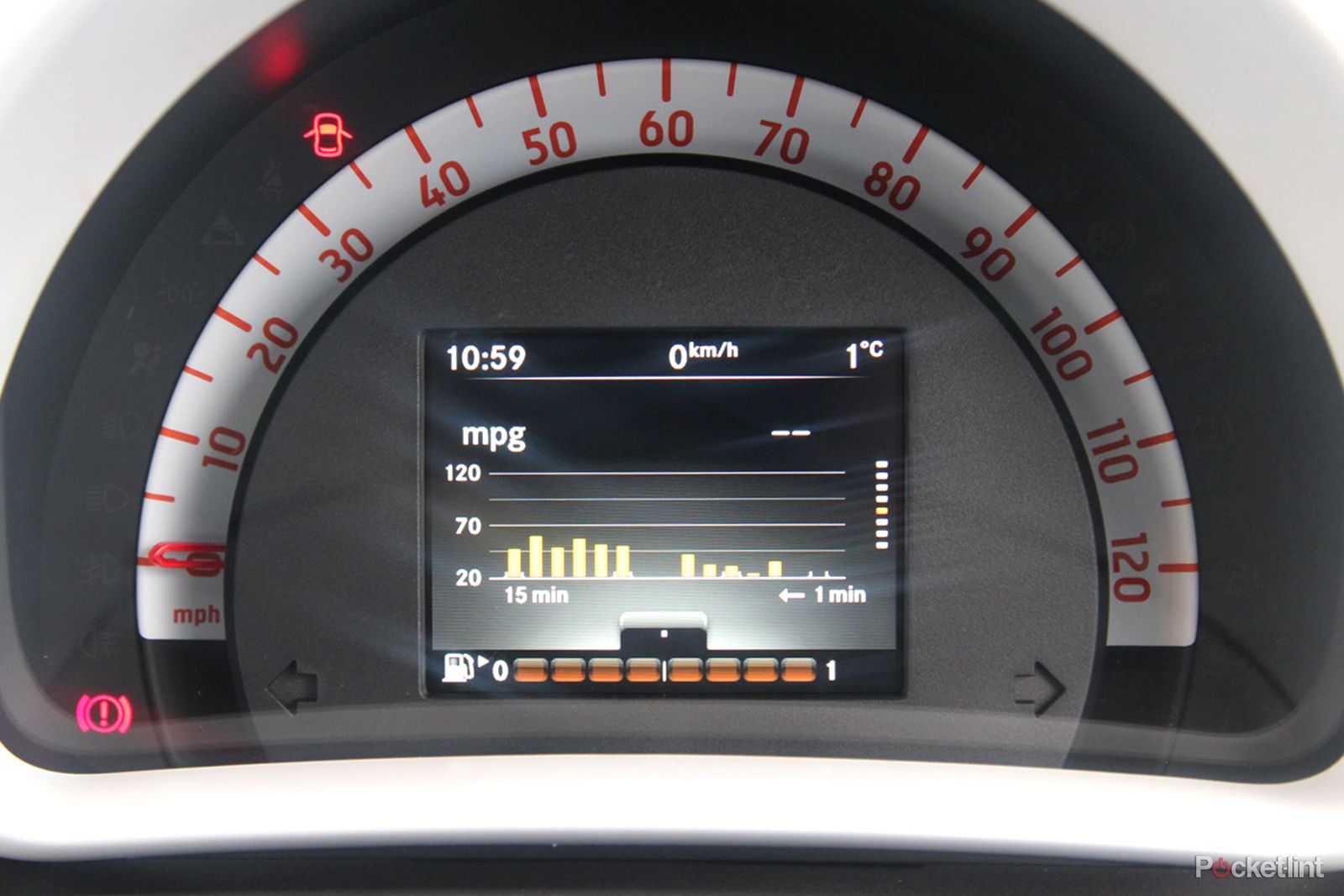When the original Smart launched in 1998, it felt like a momentous occasion in the car world. For perhaps the first time since the original Mini or Fiat 500, here was a car that was genuinely small, ingeniously packaged and seriously useful in a city.
You could park the Smart nose into the kerb, between regular side-on parking spaces. It was backed up by the safety, technology and the general R&D might of Daimler – otherwise better known as Mercedes-Benz.
Despite having the crumbiest gearbox known to man, its size, design and unique appeal gave it an iconic status. It was instantly cool, in a class-less way. A colleague recalls driving one of the first ones at the time of launch through the streets of Paris and people chasing him with cameras to take a shot. That's not the kind of thing that happens with an average new car.
The original car was followed by the second-gen in 2007 – which looked very similar, but somehow it lost a little appeal. The interior, in particular, was notably more sober and serious. Which wasn't quite Smart's vibe.
Which brings us to now: on the first floor of the Baltic Centre for Contemporary Art in Gateshead about to drive the new third-gen Smart ForTwo into a lift.
Ok, it's the goods lift, but still we manage to ram two of the little blighters in – which is impressive. Despite worries that we'll reverse it through the plate-glass window before we make it to the lift, the new Smart's incredibly small turning circle means we're soon descending to road level with car, building and works of art all still intact.
Despite our test model's sober black and grey colour scheme, the new Smart ForTwo feels like it's got its mojo back. That iconic launch car means that – rather like the handful of retro models (Mini, 500 et al) – the new Smart design was never going to be surprising, because why ditch a successful, recognisable design look?
But it is all-new, and when looking more closely, a lot has changed. The one thing that – thank god – hasn't, is the length. The Smart's still 2.69m short and the same size as the car it replaces. Which means if you feel like playing chicken with Mr and Mrs parking warden, you can still park it nose into the kerb – just about.
Differences though? Proportions for a start. The Smart ForTwo now has a nose, or perhaps more a snout – there's a distinct angle screen and "bonnet" where it was once more of a straight line. This makes it look more car-like, and – so say the designers – psychologically, most customers feel a bit safer with some bonnet in front of them. Of course, it's not a bonnet in the true sense of the word, as the engine's under the boot floor. So the supposed bonnet has a load of dead space under it, and the filler for the screen wash, oil and coolant.
But it doesn't pop out in a neat little pod like the old Audi A2 did. Instead you have to unclip the entire thing – as we found out when our screen wash ran out. And the little fake bonnet proves rather fiddly to get back on when it's -2C, snowing and you're in the middle of nowhere. Shame.
Otherwise, the Smart looks wider and squatter on the road than before. It's more four-square and less tall-and-leany looking. This feeling is backed up in the way it sits on its wheels: no longer are the front wheels much narrower than the rear, and the whole car handles and drives far better than it ever has.
In fact, no Smart has ever driven as well as this one. We chose to drive the lower-powered, non-turbo 71bhp engine, because we've driven the 90+bhp turbo in the Renault Twingo (the two share origins) and found its characteristics distinctly weird. We suggested in our Twingo review that the lower power unit might be a sweeter drive – and now that we've driven that engine in the Smart, we'd say it's the pick of the two unless you're really power-hungry.
But 71bhp is never going to be a riot, obviously. Out of town on long motorway hills we were shifting down into four (did we mention you can have a manual box for the first time in this Smart, too?) – but that's hardly the point. It's long geared and is more than up to the job both in town and most of the time out of it.
More importantly, for one so small the ForTwo is eager and refined at UK motorway speeds. With such a small wheelbase it skips around a bit, but it's way better than the car that went before and copes with all but the worst bumps pretty well.
The steering's the worst culprit in the set of characters you interact with when driving, but overall we actually had fun driving a Smart on the open road, and would have happily driven it home for hours down the A1. Neither of which we'd have said about any previous Smart.
The interior – with its jersey fabrics, goggle-eye spinning air-vents and neat details feels special. Smart's been, er, smart, by sharing parts with development partner brand Renault (Smart's ForTwo and ForFour and Renault's Twingo were developed jointly) – so if you've an eagle eye you'll spot a gearknob from a Clio, a door handle from a Megane and the same gauge cluster as the Twingo. But it matters not, because it has allowed Smart's design team to spend extra money elsewhere – on the lovely pixel-speaker door panels, that cool jersey material, the little cubby box that slides out from under the gearstick and just generally creating an interior ambience that's fun and youthful without getting cartoonish.
Our Prime (middle spec) car's black and white scheme is the most restrained. We think that the Smart's two other signature colours – a vivid blue of the top Proxy model, and an orange on the base Passion line (which we've included at the end of the photo gallery) – fit the vibe of the car and the brand far better. Smart means fun and youthful, and the colour and trim options are appropriately tailored. But otherwise the Prime spec is decent: 15-inch alloys, leather trim, panoramic sunroof, heated front seats and lane assist all feature.
A quick word on the tech and human machine interface. It runs effectively the same Android-car (not, Android Auto we hasten to add) based operating system that in Renault's Clio, Captur and Twingo is known as R-Link. In some versions (like our test car) it comes with TomTom's mapping systems, which it's all the better for. And in general it works relatively well – although some of the buttons are a little small, and it can feel a little inaccurate, slow and clunky at times.
Smart has skinned areas of the system, with the menus differently colour coded, and some nice scrolling functions for things like tuning the Radio. However, DAB isn't standard – which it should be, given Smart's semi-premium positioning and the price. We also couldn't get the system to pair with an iPhone 6 (though it has in Renaults, so this might just have been bad luck).
With the centre display there's a much higher-quality screen than found in the Renault – it looks derived from Mercedes' displays, and tells you how you're doing in terms of fuel economy with high-definition graphs – but annoyingly won't let you display the speed in big digital numbers there.
In conclusion, drive a Smart ForTwo for a day, and you'll be unsurprised to learn that it's the vehicle of choice in cities like Rome and Paris. For many, it'd make a perfect second car. And for whizzing around town, doing upwards of 60mpg (if you're gentle) and making parking a doddle, it ticks lots of boxes. That it's now good to drive out of town too is a great bonus – and if you know you're ever going to be travelling two up, then why have something bigger?
Which leaves the only major stumbling block as price. The ForTwo starts at £11,125, but the one we drove was £13,245. That's thanks to £195 added for the DAB radio, £295 for paint, £195 for forward collision warning and £795 for the premium package (consisting of the comfort pack, park distance control) and the media system – that 7-inch screen, a USB port, European mapping, Bluetooth and three years of TomTom live services. That last one is the key box we'd tick.
Too much cash for a tiny car? Depends on how you look at things. From our perspective, you're paying for compactness. Smart's positioning is unique – it has a special, semi-premium appeal in the same way that the Fiat 500 or Mini do. Except it's feels far higher quality than the Fiat and hasn't become too cartoon-like in its design like the Mini.
Three generations in, and after a day of driving, the Smart still remains a very clever car, just like its name implies.

